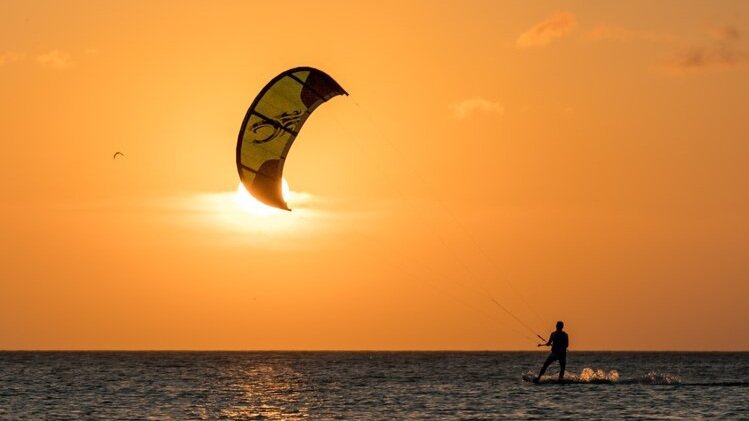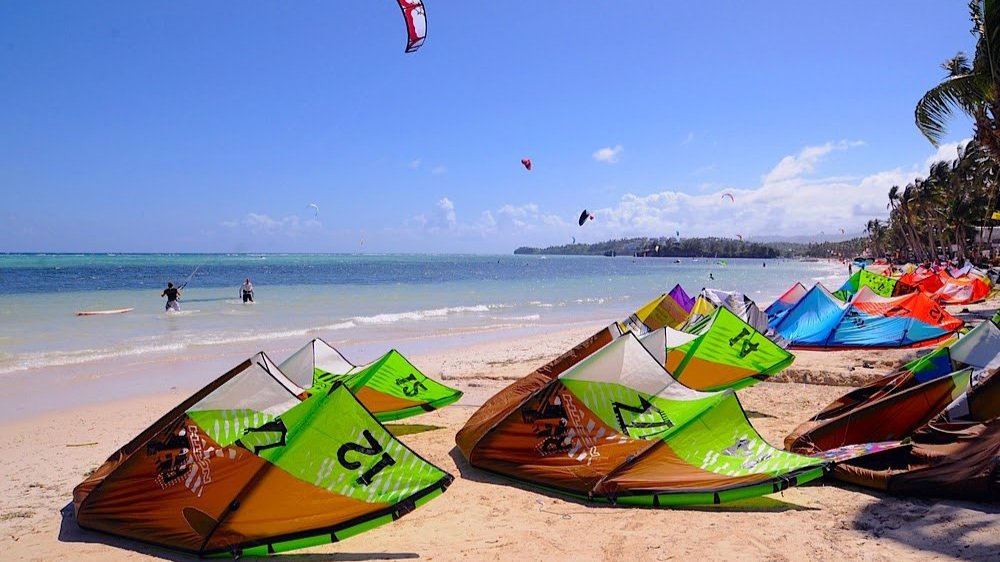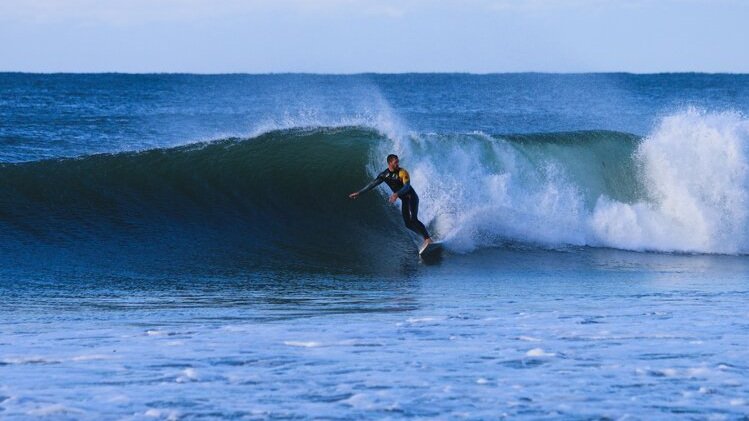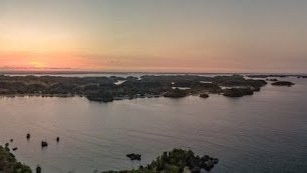Weather in the Philippines: Best Time to Visit the Tropical Country
Known as a tropical country, the Philippines has a relatively high temperature and abundant rainfall. Its proximity to the equator and geographical position in the Pacific Ocean are the main reasons behind its pleasant but unpredictable weather.
It is believed that the southwest and northeast monsoons are contributing factors too. Having all these elements as the bases, Filipinos enjoy two major seasons– rainy (June until November) and dry (December to May).
What are the Types of Weather Conditions in the Philippines?
The season in the Philippines comes in two types – rainy and dry. Booking a trip to the country between the months of June and early part of October is less suggested. Want to know why? Here’s the catch.
You’ll surely miss out on many exciting travel adventures when you tour around famous destinations during the rainy season. If you want to experience the best things in the Philippines, plan your trip somewhere between October and May.
Similar to other countries in the Pacific, the Philippines is not spared from strong typhoons. The most affected regions are the Eastern Visayas, Bicol, and Northern Luzon.
Also known as tropical cyclones, typhoons have caused death and serious infrastructure damage to the areas it landed on. On the other hand, the strong winds coming from the northeastern part of the Pacific Ocean have caused unstable weather patterns in the Philippines.
Speaking of weather patterns, Amihan or the northeast monsoon is a weather pattern that is characterized by cold winds and moderate rainfall. It is commonly experienced from October until the end of May. This is the reason why many local and foreign tourists find it the best time to roam around the Philippines.
If you plan for a vacation during Amihan (or Northeast Monsoon) season, make sure to pack thicker clothes to keep you warm for the cool evenings, especially in the rural areas of the country.
Habagat is also referred to as Southwest Monsoon (an Arabic word for mawsim which means season). This weather pattern begins in June and ends in late September. Such a weather condition is characterized by humid weather and heavy rainfall.
During these months, flash floods, landslides, and typhoons are most likely to occur due to the heavy rains and movement of gusty winds from the west.
What are the Seasons in the Philippines?
The Philippines enjoys a tropical climate, with only two seasons – wet (also called rainy) and dry. Most parts of the country are hot and quite humid throughout the year. For lovers of adventure and the sea, the best months to go on diving, snorkeling, and island hopping in the Philippines are during the dry season, starting from November to May.
The wet season, on the other hand, starts from June until October. In these months, rain comes almost daily. Worse, the occurrence of typhoons is highly possible too.
-
When Does the Dry Season in the Philippines Begin?
From October to May, a dry season is experienced in the Philippines. March, April and May are the hottest months – which is why locals call it “summer”. During these months, most beaches and resorts in the country are likely occupied, despite a higher daily rate.
You can see many local and foreign adventure-seekers to the country’s famous dive sites and coastal locations at this time of the year. Who could resist the warm weather and a refreshing feel of the cool air by the beachside?
-
When Is the Wet Season in the Philippines?
The wet or rainy season in the Philippines begins in June and lasts until November. It is less humid, but heavy rain in most parts of the country is highly possible. Around 20 bagyo (tropical typhoons) visit the country during the wet season.
Sitting at the typhoon belt, specifically in the North-Western Pacific Ocean where typhoons are formed, the Philippines is the world’s most active location for bagyo (tropical cyclones). Also, the shifting of Amihan (northeast monsoon) and Habagat (Southwest Monsoon) directly affects its weather patterns.
When is the Best Time to Visit the Philippines?
The ideal time to travel in the Philippines is generally between December and May. These months fall on the dry season, where surface temperature reaches more than 35 degrees Celsius. For most foreign tourists from the West, such a weather condition makes a perfect escapade from the winter cold.
The rainy season lies between June and October – with quick showers likely to happen everyday. As an off-season for tourism, traveling can be more practical because the rate of accommodation facilities during this time is less expensive.





When is the Best Weather for Surfing and Kiteboarding?
If you love surfing, this one's for you. Do you know that the Philippines is one of the top surfing destinations in the world? It is the home to many crystal clear beaches and sought-after surfing spots where you can achieve your fitness and adventure travel goals.
Generally, the best months for surfing in the Philippines are August through November. At this time of the year, surfers would surely enjoy catching the waves because of the better swells.
The best winds for surfing happen somewhere in December to March, with a wind speed at 15 to 20 knots or 27 to 37 kilometers per hour. At this time of the year, the water temperature hits approximately 25 degrees Celsius.
Surfing is a bit of a gamble during the months of May, June, and July, since the swell is smaller and less consistent. But, there’s no reason to feel bad if you’ve already booked a trip because there are so many things that you can do in the Philippines aside from surfing.
Try kiteboarding and island hopping instead. Here’s another kicker. It helps to hire the best travel guide for a fun, safe, and comfortable travel experience.
From December until April, the swell is consistent – making it ideal for surfing. Visiting the Philippines during these months would let you play on with other surfers across the globe. So, plan your trip, buckle up, and catch some waves.
Here’s another heads-up. Since these months fall on the summer season, surfing spots in the Philippines tend to be very busy and crowded.
Speaking of best surfing spots, the archipelago takes pride in La Union, Siargao, and Palawan as three of the most popular places to surf in the Philippines. Check out our page on accommodation in the Philippines to find a nice place to stay.
You’ve known that kite surfing and kiteboarding are popular water sports in the Philippines. This is what Bulabog Beach in Boracay is best known for. If you are a beginner, you’ll surely love to experience these adventure-filled water sports in the heavenly island of Boracay.
Being two of the most well-liked adventure sports in the country, new destinations for kite surfing and kiteboarding all over the Philippines are coming out in the open. One of these must-visit spots is the island of Palawan, in MiMaRoPa Region located in the western part of the Philippines.
What Does PAGASA Stand For?
PAGASA is an acronym which means Philippine Atmospheric, Geophysical and Astronomical Services Administration. This government agency protects the people against natural calamities through providing them with accurate, reliable, and timely weather reports.
To accomplish its organizational mission, a geo-stationary weather satellite named HIMAWARI-8 was installed at PAGASA base in December, 2015. It generates satellite images every 10 minutes. Since then, the agency makes use of this satellite to forecast weather, analyze tropical cyclones, and conduct further research.
It is more amazing to know that PAGASA works in partnership with other scientific organizations in and outside the country in the conduct of geophysical, atmospheric, and space studies. Another interesting discovery is the DOST-PAGASA Mobile App which aims to track tropical cyclones and let the people know about it. Also, it provides daily weather forecasts and flood advisories.
Summary: Weather in the Philippines
In the highlands, it can get particularly hot during the day and very cold at night. Other than that, the country enjoys a tropical climate year-round. When it comes to travel and adventure in the Philippines, it pays to check the weather in real-time. So, you won’t miss any fun.
We also recommend reading our article on Safety While Traveling in the Philippines to make sure your next adventure is smooth and convenient.
Excited about your trip? Plan your itinerary with our Most Popular Philippine destinations travel guide. What do you think about the weather in the Philippines? We’d love to hear from you. Drop us a comment below!


